
Using Catboost-SMOTE Machine Learning to Discover Brand New Amines which can be Synthesized and Tested for their CO2 Capture Performance
This post highlights a powerful statistical technique known as Synthetic Minority Over-sampling Technique (SMOTE) that was also used in combination with Categorical Boosting (Catboost) technique in our recently published work on development of a predictive degradation model of amine used in CO2 capture process. Theoretically, SMOTE is...
Read More
Top Cited Papers on AI Models for Correlating Physical Properties and Reaction Kinetics in CO2 Absorption Systems Recognized by AIChE Journal
Excited to share that our research papers titled “AI Models for Correlation of Physical Properties in System of 1DMA2P-CO2-H2O” and “Comprehensive Reaction Kinetics Model of CO2 Absorption into 1-dimethylamino-2-propanol Solution” have been recognized as Top Cited Articles (2022 – 2023) in AIChE Journal among work published between January 1, 2022 to December 31, 2023. Thank you to everyone who contributed to this success.
Read More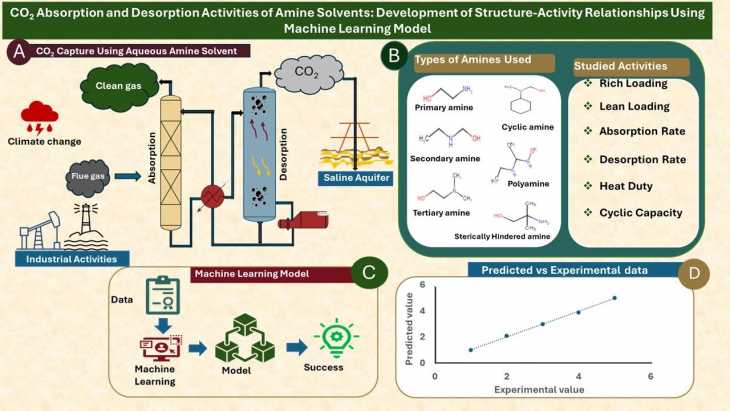
CO2 Absorption and Desorption Activities of Amine Solvents: Modeling of Structure-Activity Relationship Using Machine Learning
Selecting amine solvents for CO2 post-combustion capture application requires an experimental screening of the solvents to determine their performance...
Read More
Performance Evaluation of a New Novel Amine Bi-Blend Solvent in a Catalyst Aided CO2 Capture Process in a Full Cycle Mini Pilot Plant
The amine-based post-combustion capture method utilizes reactive solvents, amines, to absorb CO2 from industrial flue gas. Despite its proven success, this method faces a significant challenge due to its high energy requirements. Efforts have been made to enhance the process’s efficiency, particularly in reducing its energy demand. One such endeavor involves the development of solvents […]
Read More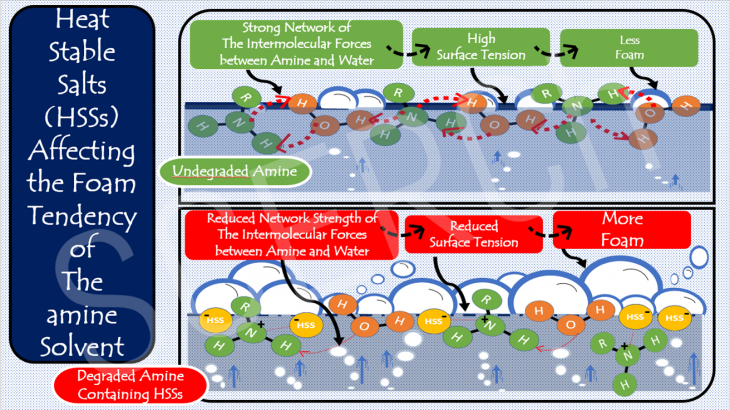
Heat Stable Salts (HSSs) Affecting the Foam Tendancy of the Amine Solvent
The fundamentals of chemistry can help us to understand why heat stable salts (HSSs) make an amine solution more prone to foaming. Foaming is one of the operational issues that can reduce the ability of an amine to capture the CO2.
Read More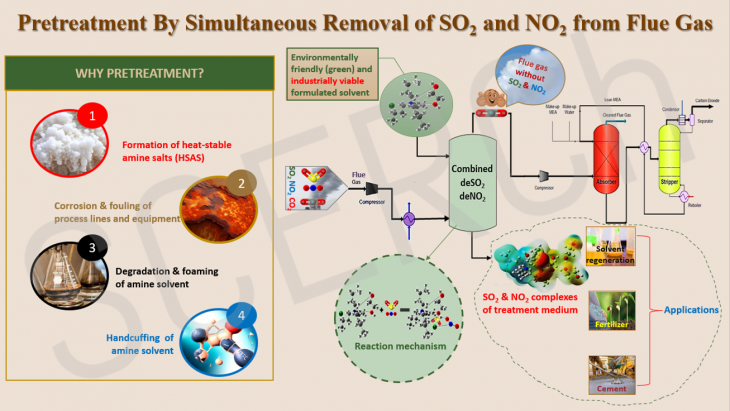
Pretreatment by Simultaneous Removal of SO2 and NO2 from Flue Gas
The global concern over climate change has led to the implementation of various measures to reduce greenhouse gas emissions, including carbon capture and storage (CCS) technology.
Read More
Taking Responsibility
Today’s post on Back to Basics is a reminder to all researchers on the importance of TAKING RESPONSIBILITY !!
Read More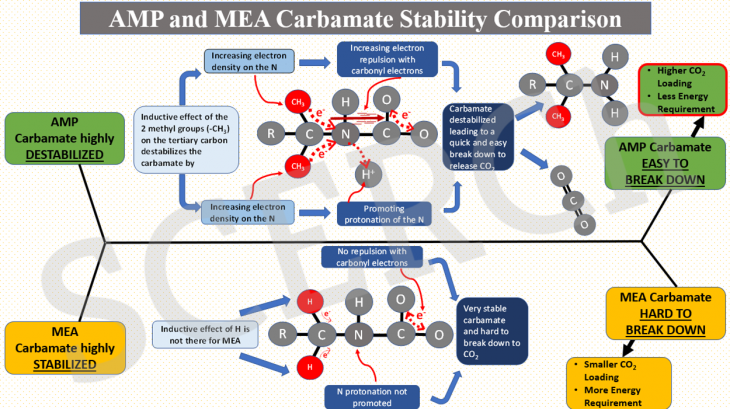
AMP and MEA Carbamate Stability Comparison
In this post, we explain why carbamate of sterically hindered AMP is unstable relative to that of MEA.
Read More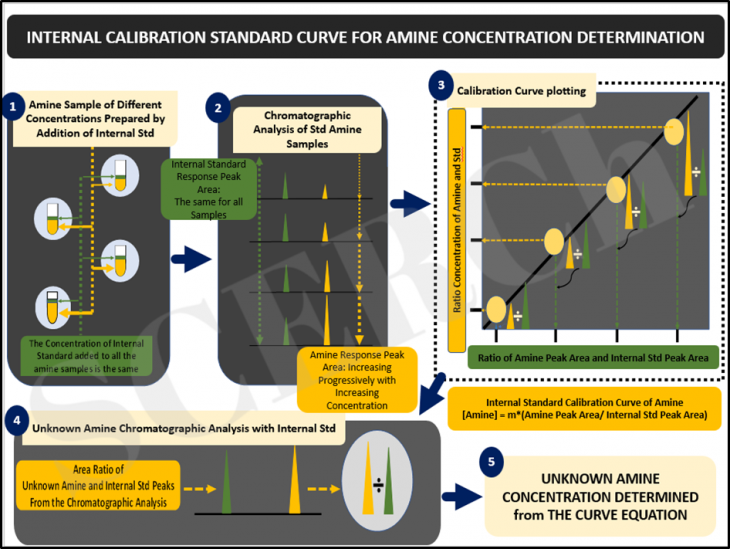
Internal Calibration Standard Curve for Amine Concentration Determination
This post, we explain how the concentration of an unknown amine is determined using the internal standard curve method which is known to help reduce run to run/day to day inconsistency, thus improving the analysis accuracy.
Read More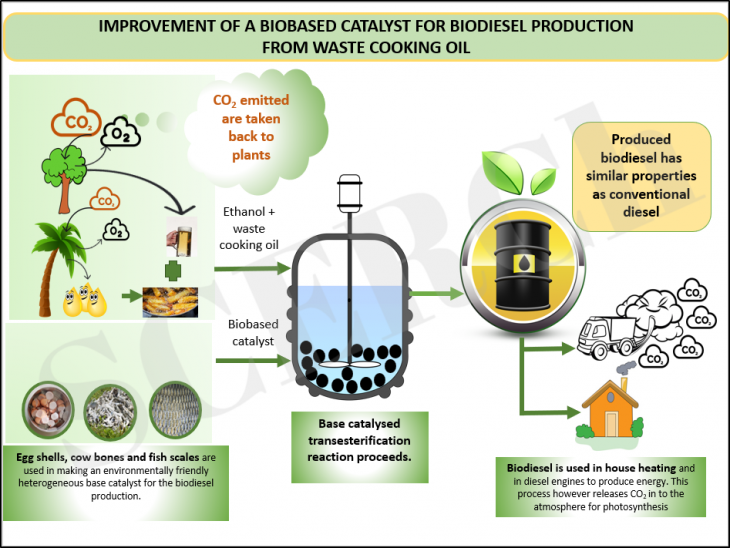
Improvement of Biobased Catalyst for Biodiesel Production from Waste Cooking Oil
In order to attain net zero carbon emissions by 2050 and meet a 45% of biofuel production from waste resources target by 2030, there is the need to explore catalysts for increasing biofuel yield. This work will explore the use of environmentally benign materials for biodiesel production.
Read More